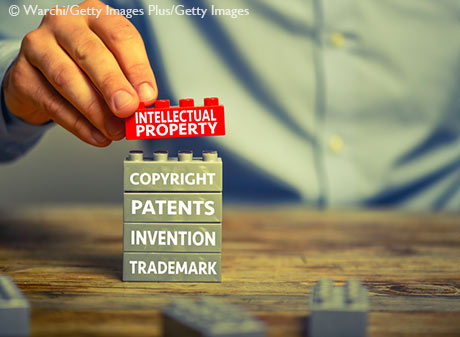
Introduction
Intellectual Property (IP) law plays a critical role in fostering innovation, protecting creative works, and ensuring businesses can operate competitively in the global market. As technology and globalization expand, IP laws must evolve to address new challenges, including digital piracy, patent disputes, and international enforcement. This article explores the significance, key principles, and future trends in intellectual property law.
Understanding Intellectual Property Law
Intellectual Property law protects intangible assets such as inventions, literary and artistic works, symbols, and trade secrets. It provides legal frameworks that grant exclusive rights to creators and innovators, encouraging investment in research and development.
1. Key Components of Intellectual Property Law
The major branches of IP law include:
- Patents: Protects inventions and technological advancements by granting exclusive rights for a specified period.
- Copyrights: Safeguards literary, musical, and artistic works from unauthorized reproduction and distribution.
- Trademarks: Protects brand names, logos, and slogans that distinguish products and services.
- Trade Secrets: Covers confidential business information, formulas, and proprietary methods that provide a competitive advantage.
2. Key Intellectual Property Laws and Treaties
Several international agreements govern IP rights, including:
- The World Intellectual Property Organization (WIPO): Establishes global IP standards and dispute resolution mechanisms.
- The Berne Convention: Protects copyright works across member countries.
- The Patent Cooperation Treaty (PCT): Simplifies the patent application process across multiple jurisdictions.
- The TRIPS Agreement: Sets minimum standards for IP protection under the World Trade Organization (WTO).
Contemporary Challenges in Intellectual Property Law
Despite advancements in IP regulations, several challenges remain:
- Digital Piracy and Copyright Infringement: Online content sharing and counterfeiting threaten creators’ rights.
- Patent Trolls and Litigation Abuse: Companies exploit patent laws to file frivolous lawsuits for financial gain.
- Global IP Enforcement: Ensuring IP rights are respected across multiple jurisdictions.
- AI and Intellectual Property: Addressing ownership and originality of AI-generated content.
The Future of Intellectual Property Law
As innovation continues, legal frameworks must adapt to:
- Stronger Digital Protections: Enhancing cybersecurity and copyright enforcement in the digital space.
- Harmonization of Global IP Laws: Strengthening international cooperation to prevent IP theft.
- Regulation of AI and Emerging Technologies: Defining clear ownership laws for AI-generated works.
- Balancing Public Access and Innovation: Ensuring fair access to knowledge while protecting creators’ rights.
Conclusion
Intellectual Property law remains a cornerstone of modern economies, ensuring fair competition and incentivizing creativity. As technological advancements accelerate, ongoing legal adaptations will be essential in protecting innovations and maintaining economic growth.




Leave a Reply